22
Jan 14
Weekly Worthy List #12: Bringing your song to life (Part 1)
Little recording and writing “tricks” for bringing your song to life – Part 1
Crashing waves of heartache
Twenty shades of blue
Cold gray clouds of daybreak
The poetry of slowly losing you
I have some serious Bakersfield twang going on in my headphones right now…so I was inspired to write a couple of sad honky tonk lines to illustrate a point that is near and dear to my heart. Just as a beautiful house can be rendered taxing and unpleasant to the eyes by a mere layer of paint thinner than a piece of printer paper…a song can be ruined as easily, truth be told, more easily. Those lyrics…if you surround them poorly…and give them no breath and space…or deliver them with too much confidence and not enough vulnerability and pain…well, those lyrics would sound stupid, cliche, and novice at best, BUT if you lead in with a fiddle, a pedal steel, or some low twangy Telecaster notes, bring in the drums and bass, then a lonely high-register piano, followed then by a lonely ascending pedal steel slide that goes on for what seems like forever…finally fades…and then…”The waves of heartache!” Well, NOW you’ve got something!!!!
Unfortunately…what happens if the tones of the instruments aren’t right, they all come in at once, the lyrics are sung with bravado, too many instruments are mixed punchy, and they are all panned towards the middle? Well, you’ve got wonderful vehicle that appears to the rest of the world as a poorly polished and underachieving turd…so sad! This week we will focus on a few “no brainer” tips and techniques that are standards in the industry and explore a few “touchy feely” ones of my own…hang on, here come the waves of heartache…the shades of blue. Here’s the laundry list…
1.) Paint the picture you want to see with your ears:
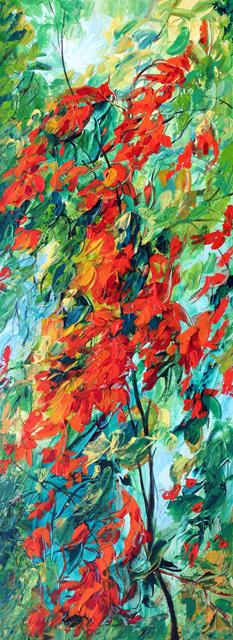
So often our senses share information with amazing detail and speed, that is why sound can create vast and ornate mental pictures, and smells can evoke memories that you had almost completely lost. This is POWERFUL STUFF! Now, it may also sound like vague stuff…so here are a few baby steps to take. Identify your song is your song a song of optimistic love? Love lost? A folk tale? A poem using natural imagery? Once you identify the type of “painting” start choosing appropriate colors to make the emotions of the song come to life. Is the song rockin’ and optimistic…maybe think bright and warm, a song of love and optimism…subtle warm tones, love lost and pain….muted cool tones with splashed of warm tones to make the cool ones more heart wrenching!
Here is a guideline from a certain engineer that worked with The Beatles. Try assigning colors to the frequencies: Blue and Silver are the high frequencies, and Green and Yellow can be mids, and browns and golds can be lower frequencies, red will be used to color other parts or as an intense splash to be used for crescendo/climactic purposes. We will keep it simple, but lets add the layer of variables…knowing roughly the picture you want to paint with the song…what colors do you need? What instruments or devices or combinations thereof produce this color or, for a multi-layered song, these colors? A clean guitar may be shimmering blue or blue-green, while a richly harmonic overdriven guitar might be a yellow with a touch of brown. You get it. So, if I want a sad shimmering sound for my country song…the terra firma will usually be browns and golds (bass, drums), tinges of red…and the shimmer and cool tones Silver (pedal steel), Blue (Telecaster) and Green (acoustic guitar) and red in this painting will be vocals and will be prominent and in the forefront. I have just painted a rose bush growing in the cool late Autumn forest. I may like this painting, this audio landscape, and I may want to paint it a hundred times…each time with a different perspective on the trees, the earth, the TIME OF DAY and WEATHER (dark, light, warm colors but cold weather=Autumn). Yes, it is an artistic game, but it has helped me figure out what is working, what isn’t working, and what colors are probably the best to start with…try it, you might like it!
2.) On the prospect of “Doubling Down:”
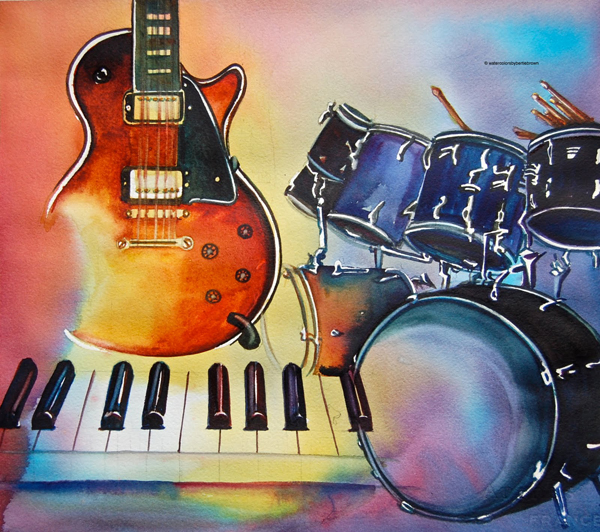
Sometimes vulnerability is strength, sometimes the lone wolf is the unifier, sometimes less is more…equally, at some times, MORE IS MORE!!!
I feel that double tracking is a two-edged sword…often times it is overdone….but then people shy away from it and it ends up being an ignored technique that isn’t used in the instances that it should be explored. That being said, when should it be used? Well, it should be used to create natural chorusing and phasing, as a way to fatten up a track that is well EQ’d but still sounds too small, and to create lush back drops of rich harmony (e.g., Beach Boys, Beatles, and Queen). When should it not be used? When the attack of the individual needs to be pronounced, when a part should sound small and vulnerable, and when a part needs to cut dramatically, even aggressively, through an already lush mix. Now, yes, all of these rules are meant to be broken, but it seems like knowing a little about the rules saves me a lot of time getting sounds I like and the orchestration I was after. As a rule, I will always double track my acoustic guitars, my lead and harmony vocals, and big riff parts. If I play a harmony guitar part I will record each part twice and see if all or any of the parts sound better doubled. In a three-part harmony usually one guitar per part is enough…unless you want a wall of sound…which has its place. If you double track an instrument give it a number of chances to succeed before ruling it out. Pan the parts right on top of each other, separate them by a couple of degrees, pan them in a 10 and 2 o’clock position, 11 and 1, and 12 and 2 or 12 and 10…just mess around! In the end, truly knowing what sounds best is usually not possible until mixing in in the middle to final stages…but the more experimenting you do the easier it is to develop a flow, a “tool shed,” a “bag of tricks,” and a willingness to think “outside the box.”
3.) Texture by numbers:
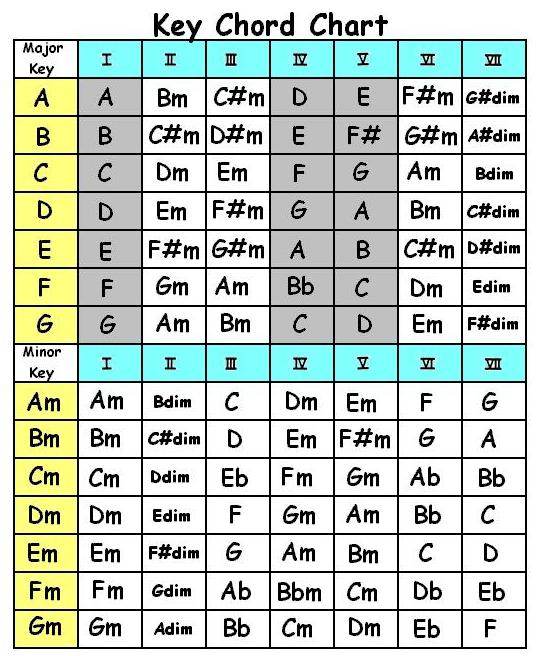
Ever listened to your song and just thought, “Urgh…I don’t want to overcomplicate it…but it’s TOO simple…it’s TOO predictable”? Well, my advice if you’re thinking this is…RETHINK IT!!! Ok…if your opinion is unchanged, there are a few things you can do easily to add some layers, complexity, and texture to an already-good-song that just needs a little ornamental love. Are there two rhythm guitar parts? Is there a keyboard? A prominent bass? Yes? Good…
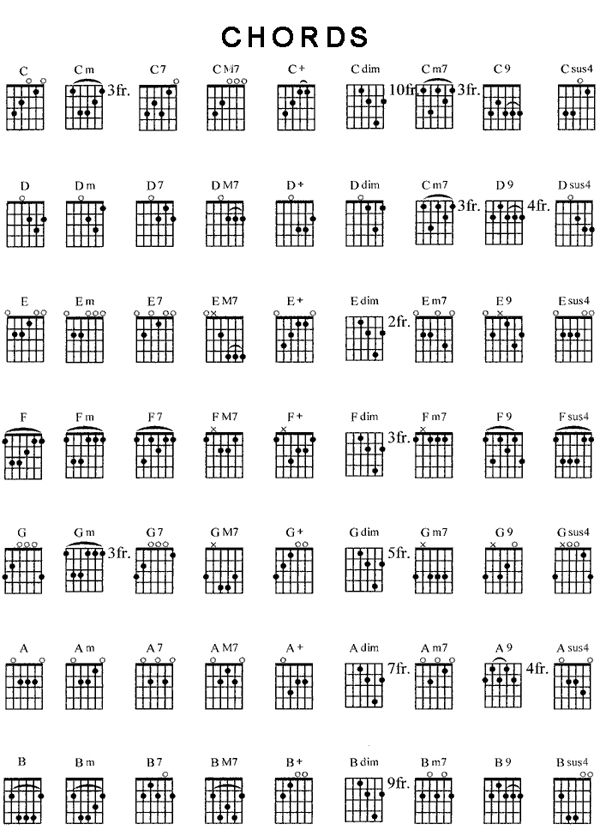
a.) If you have a rhythm guitar part that is doubled or played by two players try having one player play his part on the bridge pickup and the other part on the middle or neck position.
b.) Still not working? Keep the advice from “a.)” and try playing one part in a different position OR putting a capo on one of the guitars and playing a “big” chord further up the neck. The capo will really add texture if you move at least 3 frets up on your instrument.
c.) Need some spice? If your guitars are playing straight major or minor chords, try adding intervals to one of the parts. If both guitars are playing a “C” have one of them play a CMajor 7…if the keyboard sounds too strict or standard…add a 9 to the Major 7…this will add complexity and sometimes beauty. Make sure it is appropriate for your song!!! Embellishing chords with scale tones or altered degrees can really create beauty, texture, and tension that can MAKE a song when used correctly.
d.) Is the bass following the “1” of the chord changes too closely? Try following the changes with a 3 or a 5 before the root note…flatted 7ths work too, and honestly, once you get comfortable with interval substitutions, you can make some really odd passing tones work beautifully. If the bass part follows the guitar to a tee…try scrapping that and writing a part! Listen to only the bass on the albmus Exile on Main Street, Sgt Peppers, and Who’s Next. The melodic/interval movement of the bass parts add beautifully to the texture of these albums. If you fail, you get a part that sounds too busy, if you succeed you get a complex part that is a positive “x factor” in your song.
e.) Does your song have a whimsical or exploratory essence to it? Try using some scale movement in your chords, piano and organ players are very used to this concept. In the world of guitar players, jazz and classical player for sure, guys like Tony Rice…yes…in rock Bob Weir is probably the best example of a guy who uses this technique LIBERALLY…for an example of this listen to his rhythm guitar treatment of China Cat Sunflower and Morning Dew on the Europe 72 album. It’s okay to used scales like a chord or chords like a scale IF IT MAKES THE SONG BETTER.
4. Don’t space out…get the Space Out!!!
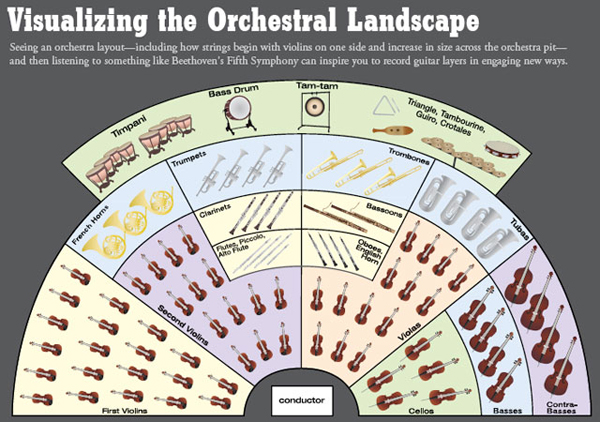
So much of the vibe, the ambience, the life-giving-oxygen of a song is found in how much empty space you leave and WHERE you leave it. These days a lot of attention is paid to stereo imaging and to forward and background imaging but I have yet to hear better use of space and imaging than the paramount stereo treatments of the 1970s…works by Stevie Wonder, works by Pink Floyd, and The Who come to mind as groups that were great at leaving NO space in a mix one second and then leaving so much space the next moment that you are hanging suspended for what feels like eternities. Space or no space is not a choice of good or bad, rather, sometimes it’s exciting to hold your breath and wait…and sometimes it’s better to breathe freely…think of your mix, panning, and imaging that way and you’ll do fine.
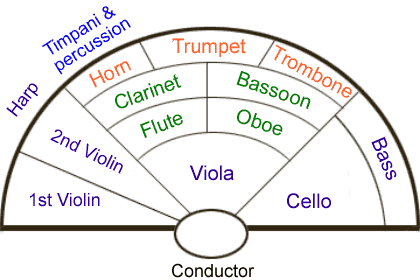
*Listen to the intro of Start Me Up by The Stones, Fool in the Rain by Zeppelin, and Shine on you Crazy Diamond by Floyd for some obvious examples of leaving space in an arrangement/mix.
5.) Put the symbol in your cymbals:
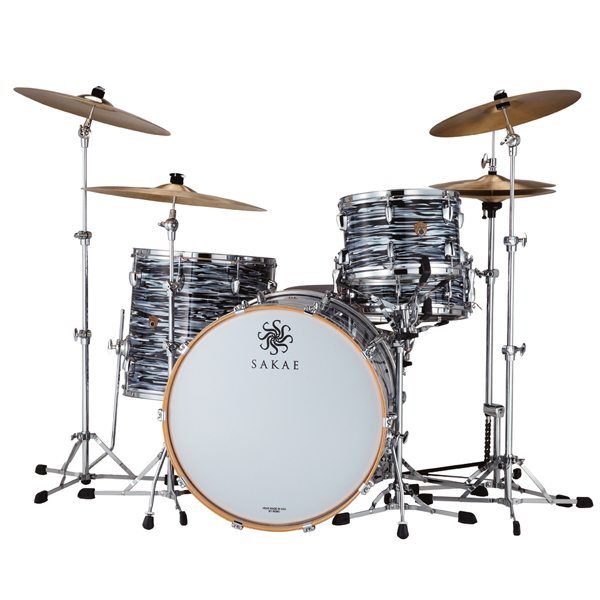
There is some fairly established patterns for drums and cymbals. The treatment of drums in popular music is, therefore, fairly predictable 85% of the time…as it should be, no need to recreate the wheel every day, right? Well, sometimes we might want to glide or soar…no wheels necessary! I always think of a ride as having less gravity, the hi-hat being the grounded element, and the crash as being the exciting landing or the exciting take off. So 9 times out of 10 songs switch from a hi-hat in the verse section to a ride in the chorus…throw that out as a rule-of-thumb and re-file it as a loose guideline. If you want some help smashing convention, listen to some surf music, some rockabilly, and then some pop a la Burt Bacharach and let your preconceived notions be squashed. Also, try playing all of your songs with REVERSED cymbal assignments, you might find new stuff you like, and at the very least you will find affirmation that you had it right already! While you’re at it, swap a snare beat for the occasional floor tom beat…put a little tribe in the vibe!
Not everyone sees music the way I do, I know, yet when we expand our understanding of music our ability to convey our vision, to direct our vision, and hopefully perform and execute our life’s work becomes a more natural process, and sharing a vision becomes LESS tied to sharing tastes or opinions. Being in the picture is always more natural than posing for the picture. My real goal with the Weekly Worthy is to get people thinking about the way they experience and relate to music, and for musicians, I like to affirm that what they are participating in is in fact art and it does, in fact, edify the world we live in…and stratify it, and pacify it, and sometimes rectify it…all touchy feely stuff I love. Share your thoughts, I like inspiration just as much as the next person!
A gypsy is your heart
A poet is your mind
The awe of Love
The pain of loss
Enticing when combined
Sun aglow this morning
Dark night the stars adorning
Take a walk and laugh on gothic stairs
Hmmm….how to paint this…
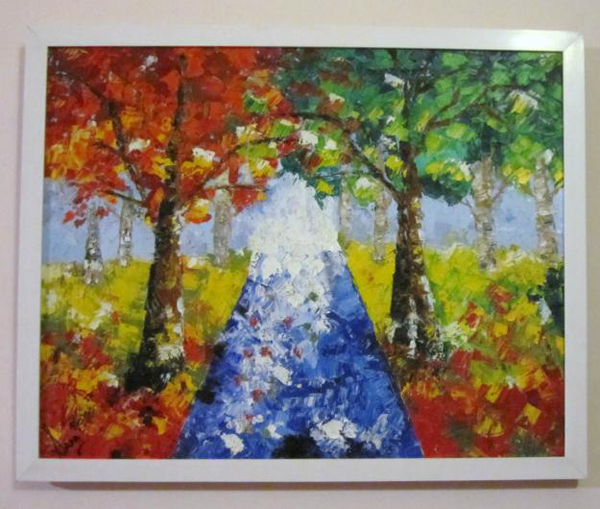
When he’s not enjoying fishing, road testing cables with his band, or fielding musical/instrument cable questions over the phone/e-mail, Michael handles operations and purchasing and is simply loving life. You can also follow Michael on Twitter  !
!

